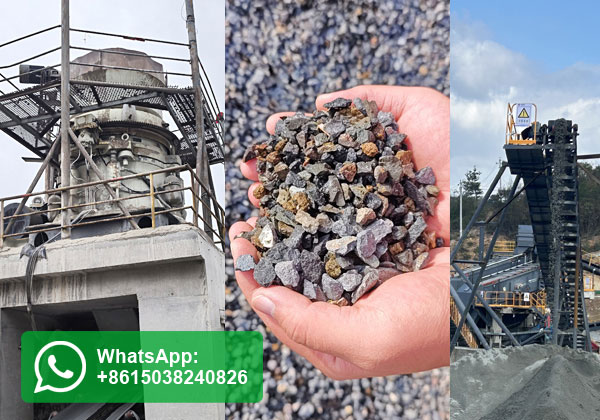In the construction and mining industries, gravel processing plays a critical role in producing quality aggregate for concrete, road base, railway ballast, and more. Selecting the right gravel processing crusher is essential to maximize efficiency, reduce operational costs, and ensure product quality. This article explores key factors and optimization strategies to help you choose the most suitable crusher for your gravel production needs.

1. Understand Your Raw Material and End Product Requirements
The first step in choosing a gravel crusher is to analyze the characteristics of your raw materials and define the specifications of the final product.
-
Material Hardness and Abrasiveness: Gravel can vary from soft river pebbles to hard granite. Soft materials are better processed with impact crushers, while harder stones require jaw or cone crushers.
-
Moisture Content: High moisture content can clog some crushers, particularly impact crushers, and may require special design features or pre-treatment.
-
Grain Size Distribution: Define the input size range and the desired output size. This helps determine whether primary, secondary, or tertiary crushing stages are needed.
Friendly Tips: Conduct a sieve analysis and compressive strength test of the raw gravel to select a crusher type that matches material properties and output targets.
2. Match Crusher Types to Process Stages
Different crushers serve different roles in the gravel processing chain:
-
Jaw Crusher: Ideal for primary crushing. It handles large feed sizes and is suitable for hard or coarse gravel. Offers simple structure and high durability.
-
Cone Crusher: Commonly used for secondary or tertiary crushing. It delivers uniform particle size and handles hard, abrasive gravel efficiently.
-
Impact Crusher (Horizontal Shaft or Vertical Shaft): Suited for medium-hard to soft materials and applications where cubic shape is important. Vertical Shaft Impact (VSI) crushers are preferred for sand-making.
Friendly Tips: Combine crusher types in a multi-stage setup (e.g., jaw + cone + VSI) to improve throughput and shape quality while reducing wear and energy consumption.
3. Evaluate Capacity, Energy Use, and Maintenance
Production capacity, operational efficiency, and long-term maintenance are crucial in ensuring consistent and cost-effective performance.
-
Throughput and Capacity: Choose a crusher with sufficient capacity for your target output (e.g., tons per hour). Consider future expansion needs.
-
Energy Efficiency: Look for crushers with optimized crushing chambers and drive systems to reduce energy use.
-
Maintenance and Spare Parts: Choose models with easy maintenance access, reliable wear parts supply, and strong after-sales support.
Friendly Tips: Use automation and digital monitoring systems (e.g., feed control, vibration tracking) to extend equipment life and improve process control.
Choosing the right gravel processing crusher requires a balanced approach—understanding your material characteristics, production requirements, and long-term operational goals. By selecting the correct crusher types, designing an efficient crushing line, and focusing on energy and maintenance optimization, you can achieve high productivity, excellent product quality, and cost-effective operation.
Would you like recommendations on specific crusher models based on your production needs? Let us know your requirements for a tailored suggestion!

